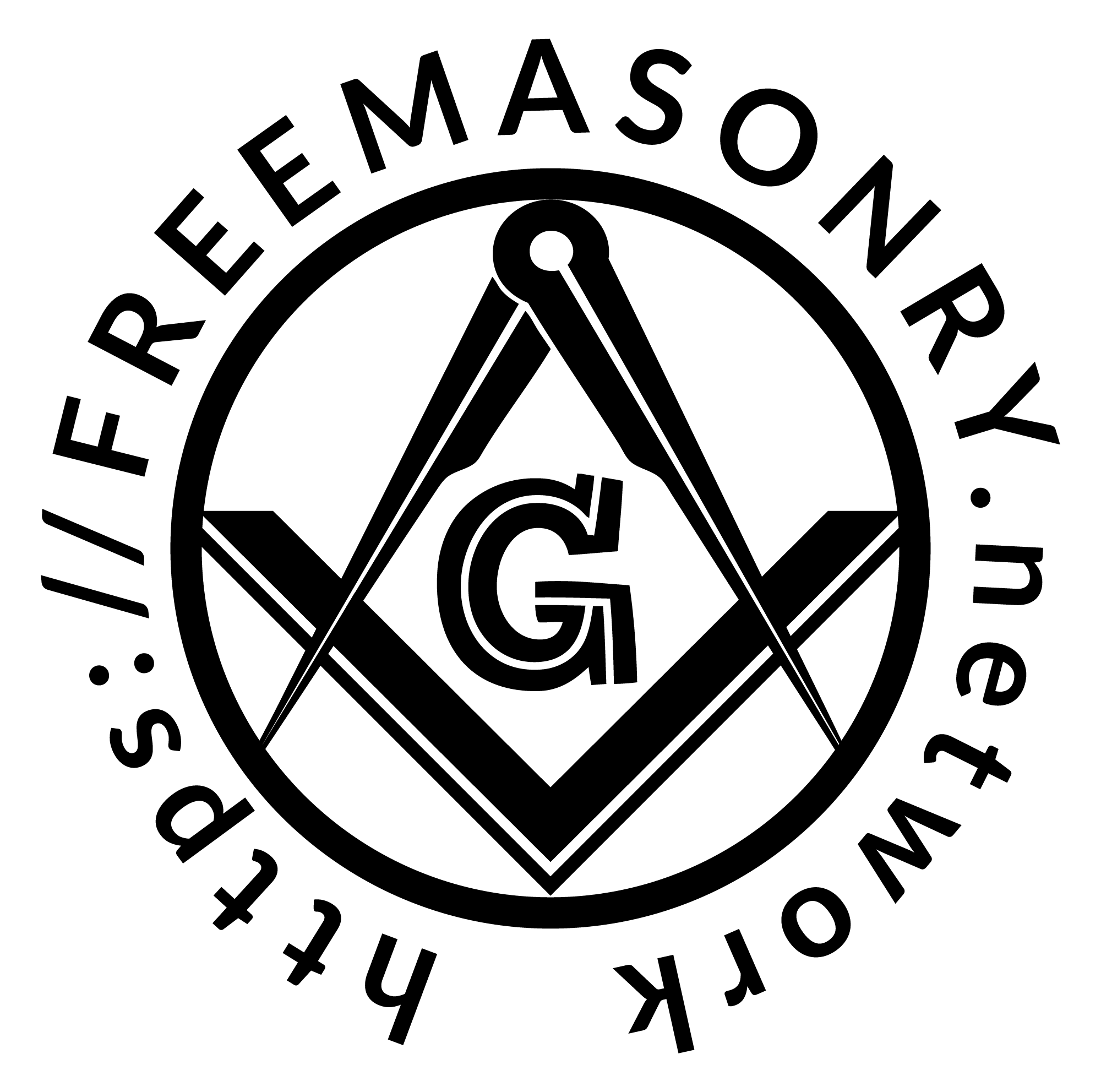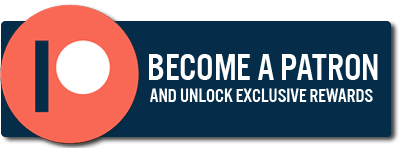There are a number of groupings of Masonic jurisdictions which consider themselves regular, and recognise others as regular, yet consider others to be irregular. There is no globally centralised Masonic organisational system, and therefore the criteria for regularity are not consistent across all Grand Lodges.
Ancients and Moderns
The concept of Regularity first appears in Payne’s regulations, and was printed in Anderson’s Constitutions. In regulation VIII we find –
- If any Set or Number of Masons shall take upon themselves to form a Lodge without the Grand-Master’s Warrant, the regular Lodges are not to countenance them, or own them as fair Brethren and duly form’d, nor approve of their Acts and Deeds; but must treat them as Rebels, until they humble themselves, as the Grand-Master shall in his Prudence direct, and until he approve of them by his Warrant, which must be signify’d to the other Lodges, as the Custom is when a new Lodge is to be register’d in the List of Lodges.
The revisions published in the 1738 constitutions introduced the term Regular Lodge.
Arguments regarding what ought to constitute proper Freemasonry appear in the 1720s, when some lodges of the Premier Grand Lodge of England began to replace the old method of drawing the lodge symbols on the floor in chalk and charcoal with tape, tacked to the floor, and portable metal letters. This earned the new Grand Lodge the nickname of the Moderns. In 1735, the same Grand Lodge refused admission to the master and wardens of an Irish lodge, who claimed to be a deputation from the Grand Master of Ireland, unless they accepted the English constitution, which they refused. In 1751 the nucleus of a second Grand Lodge, which did not accept the innovations of the original, was formed. Their book of constitutions, the Ahiman Rezon of their Grand Secretary Laurence Dermott, suggests that the Moderns had now changed their passwords in alarm over masonic exposures printed in the 1730s, which would not allow their members admission into any lodges outside their own jurisdiction. The process of uniting of these two Grand Lodges began in 1809, when the Moderns set up a travelling Lodge of Promulgation to return their ritual to its “Ancient” form. This made possible the creation, in 1813, of the United Grand Lodge of England.
Landmarks of Freemasonry
Payne’s 1720 regulations mention the necessity of maintaining the “old Land-Marks” of the order, but it was much later that anybody attempted to define them. It was not until 1858 that Albert Mackey published a list of 25 landmarks, which while not universally accepted, formed the basis of some American jurisdictions.
Attempts to formulate the basis of regularity came even later in England, and appear to have arisen from recognition of a new Grand Lodge in France, which had just split from the Grand Orient de France, already branded as irregular (see below). A letter of 1913 from the new Grand Master of the Independent and Regular National Grand Lodge of France and of the French Colonies stated the obligations of his lodges as his claim to regularity.
- 1. While the Lodge is at work the Bible will always be open on the altar.
- 2. The ceremonies will be conducted in strict conformity with the Ritual of the “Regime Rectifié” which is followed by these Lodges, a Ritual which was drawn up in 1778 and sanctioned in 1782, and with which the Duke of Kent was initiated in 1792[47].
- 3. The Lodge will always be opened and closed with invocation and in the name of the Great Architect of the Universe. All the summonses of the Order and of the Lodges will be printed with the symbols of the Great Architect of the Universe.
- 4. No religious or political discussion will be permitted in the Lodge.
- 5. The Lodge as such will never take part officially in any political affair but every individual Brother will preserve complete liberty of opinion and action.
- 6. Only those Brethren who are recognised as true Brethren by the Grand Lodge of England will be received in Lodge.
These appear to have formed the basis for the 1929 Basic Principles for Grand Lodge Recognition, still used by the United Grand Lodge of England.
GAOTU
In 1813, upon the union of Antients and Moderns, the UGLE had created a new Constitution, based on the Constitutions of Anderson of the Moderns and the Ahiman Rezon of the Antients, which required acceptance of the Great Architect of the Universe.
The Grand Orient de France (GOdF) initially adapted its Constitution in order to comply. In 1877, however, on a proposal of the Protestant priest Frédéric Desmons at the convention of the GOdF, they removed references to the Great Architect of the Universe (GAOTU) from their Constitution. The members of the convention saw their decision as a way to return to the original Constitution of James Anderson of 1723. The first two sentences of the constitution of the GOdF (in English translation) had been:
- “Its principles of Freemasonry are the existence of God, the immortality of the soul, and human solidarity. It considers liberty of conscience as an inherent right of each man and excludes no one because of his beliefs.”
These became:
- “Its principles are liberty of conscience and human solidarity. It excludes no one because of his beliefs.
This decision led to a schism between the Grand Orient de France and the United Grand Lodge of England (UGLE). Since the great schism of 1877 freemasonry is divided in two branches, Continental style Freemasonry and Anglo Freemasonry. These two branches are not in mutual regular amity, since most English style lodges consider Continental style lodges to be irregular. The Grand Orient de France (Grand Orients) and the United Grand Lodge of England (Grand Lodges) are the basic models for each variety of freemasonry.
(the source/read more: Wikipedia)














